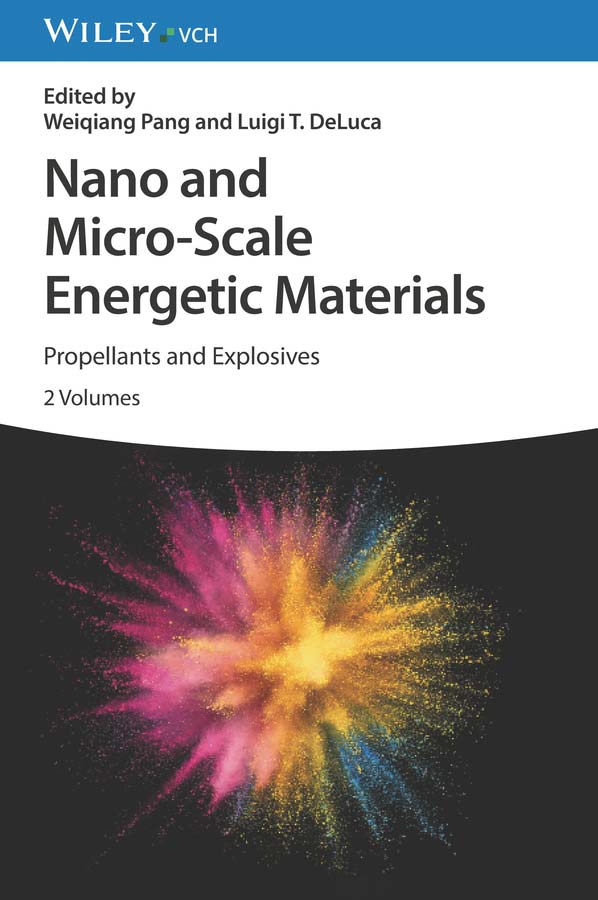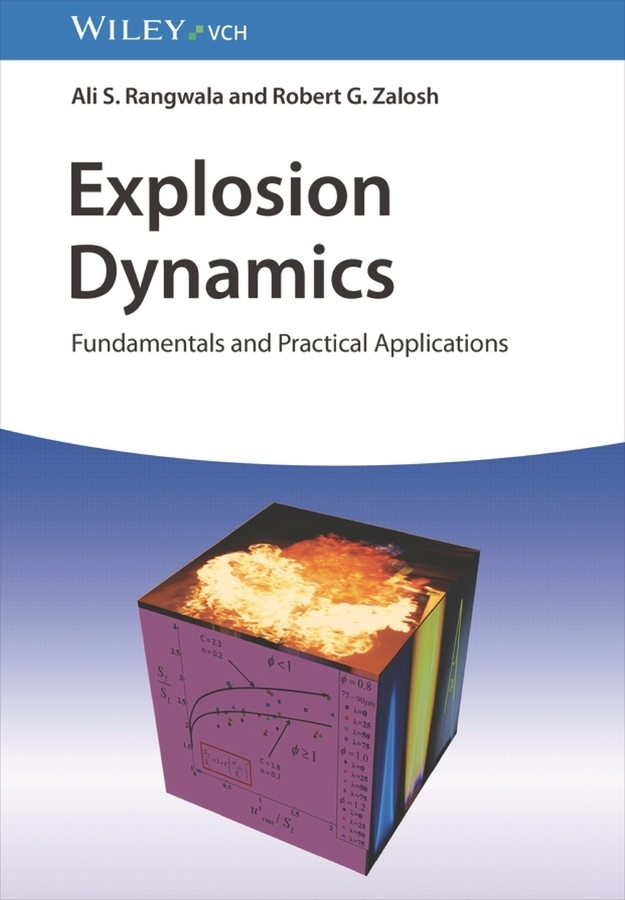
It raises another question:
How Do the Most Explosive Molecules Stack Up?
In the world of energetic materials, few names spark as much curiosity—and awe—as octanitrocubane (ONC). First synthesized in 1999 by Philip Eaton and Mao-Xi Zhang, ONC is a molecular marvel: a cube-shaped carbon skeleton with eight nitro groups, each one a tightly wound spring of chemical energy. But how does this exotic molecule compare to other explosives—both conventional and nuclear? Let’s break it down.
Octanitrocubane: The Cubic Contender
- Structure: Derived from cubane (C₈H₈), ONC replaces each hydrogen with a nitro group (NO₂), resulting in C₈(NO₂)₈.
- Detonation Velocity: Estimated at ~10,100 m/s—faster than most conventional explosives.
- Advantages:
- High density and stored strain energy.
- Decomposes into CO₂ and N₂—no water vapor, making it less visible.
- Non-toxic byproducts.
- Drawbacks:
- Extremely difficult and expensive to synthesize.
- Not yet produced in quantities large enough for practical testing.
Despite its theoretical power—20–25% greater than HMX—ONC remains a lab-scale curiosity, not a battlefield staple.
Conventional Non-Nuclear Explosives
Let’s compare ONC to some of the most powerful non-nuclear explosives in use:
| Explosive | Detonation Velocity (m/s) | Notes |
| TNT | ~6,900 | Benchmark explosive; melt-castable. |
| RDX | ~8,750 | Military standard; used in C-4. |
| HMX | ~9,100 | More powerful than RDX; used in PBX. |
| CL-20 (HNIW) | ~9,400–9,800 | Highest energy density among fielded explosives. |
| Octanitrocubane | ~10,100 (theoretical) | Highest known for a non-nuclear compound. |
Nuclear Explosives: A Different League
- Energy Source: Nuclear fission or fusion.
- Energy Density: Orders of magnitude higher than chemical explosives.
- Example: The Hiroshima bomb (~15 kilotons TNT equivalent) used ~64 kg of uranium-235.
- Detonation Velocity: Not directly comparable—nuclear reactions release energy via chain reactions, not shockwaves.
In short: ONC may be the king of chemical explosives, but it’s still a firecracker next to a nuclear bomb.
Why ONC Still Matters
Even if ONC never becomes a practical explosive, it has scientific value:
- It pushes the boundaries of synthetic chemistry.
- It helps model the limits of chemical energy storage.
- It inspires new generations of high-energy-density materials.
And who knows? With advances in synthesis and nanotechnology, ONC or its derivatives might one day find a role in specialized applications—perhaps in space propulsion or micro-detonation systems.
Final Verdict
| Category | Winner |
| Most powerful (non-nuclear) | Octanitrocubane (theoretical) |
| Most used (military) | RDX, HMX, CL-20 |
| Most energy per mass | Nuclear explosives |
| Most exotic | Octanitrocubane |



